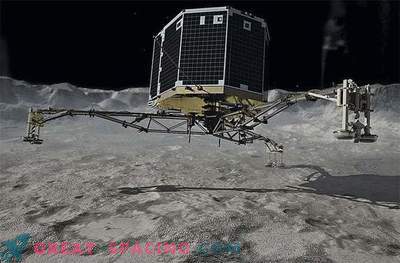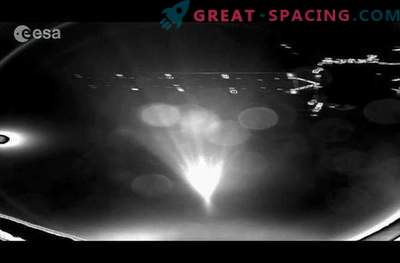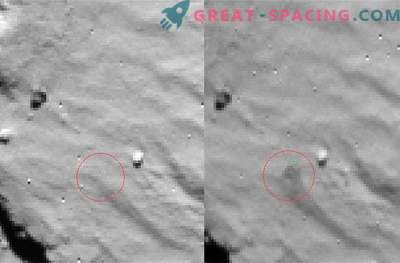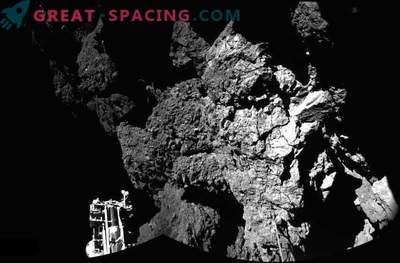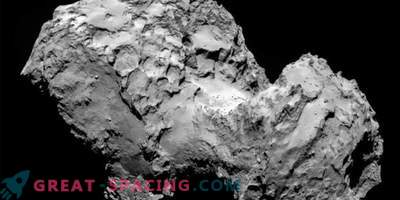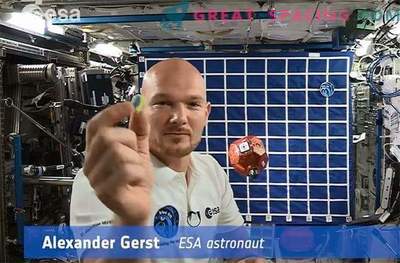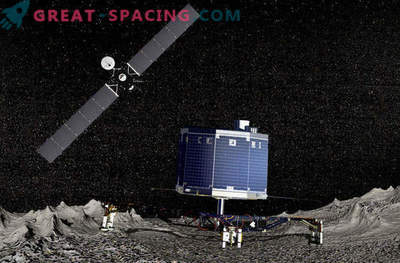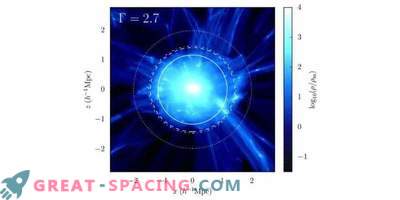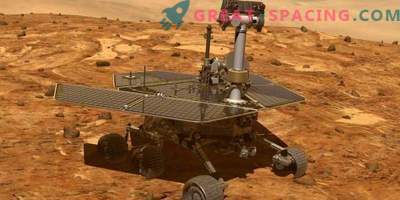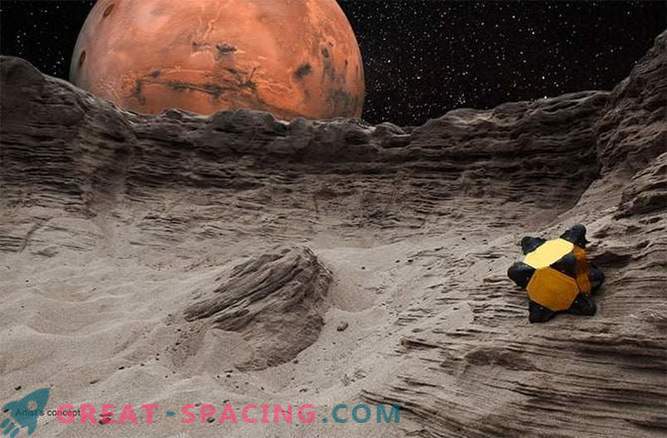
Scientists have created a new model of space robots that can roll and jump on the ground with microgravity and at the same time produce valuable scientific research.
Comets and asteroids are currently on the frontier of scientific knowledge of the Solar System. These space invaders carry not only the building blocks that make up the planets, but also the chemical components that form life on Earth. However, sending them robotic missions, given the conditions of microgravity, is very difficult.
This was vividly demonstrated by the European Rosetta last year, when the Fila's landing module sent to comet 67P / Churyumov-Gerasimenko successfully landed on the surface of the comet. However, the tiny probe harpoon system at the same time failed to cling to the surface, and he bounced back into space. Phil eventually fell on a comet, jumped, and then landed in a less suitable place.
The problem of comets like the 67P is in a very low gravitational field compared to the earth’s magnitude. Any push can cause a catastrophe for any ordinary space robot. For example, wheeled rovers used on Mars will be useless on the comet's surface. A slight turn of the wheels can give them enough acceleration and inertia to break away from the surface and roll over. In the case of the Fila module, even impact resistant supports are not reliable enough. To solve this problem, NASA scientists from the Jet Propulsion Laboratory (LRD, Pasadena, California) teamed up with researchers from Stanford University (Stanford, California) and the Massachusetts Institute of Technology in Cambridge to create a robot that is most adapted to the conditions of microgravity.
“The hedgehog is a different type of robot that can jump and tumble along the surface instead of rolling using wheels,” said Issa Nesnas, head of the LRD research team in a NASA press release. “It is shaped like a cube and can work regardless of the side it landed on.”
Currently, there are two prototypes of the Hedgehog. This is a simple cube and the second model, covered with “knives”, which act as legs, and can also be used as probes for taking samples of the dusty soil of comets and asteroids.
Inside both models, a system of 3 flywheels is used, which can unwind and slow down, transferring the kinetic moment and transforming it into motion. This allows the robot to jump, tumble and turn. Since the system has no concept of “top,” no matter which side the hedgehog has landed. Fell into a hole? No problems! Engineers have already thought up a spare maneuver, called “tornado” by them. Hedgehog in this case begins to spin in place, which pulls him out of the captivity of the pit or sand trap. “By controlling the braking of the flywheels, you can adjust the jump angle of the Hedgehog. The idea was to test two braking systems to determine their strengths and weaknesses, ”said Marco Pavon, the head of the Stanford Group.
“The geometric shape of the hedgehog with spikes has a serious impact on the trajectory of his jumps. We conducted a series of experiments and found that the shape of the cube is optimal in terms of “hopping performance”. The cubic shape is easier to manufacture and transport inside the spacecraft, ”said Benjamin Hockman, lead project engineer at Stanford.
To date, dozens of flights with a parabola shaped trajectory have been carried out with both prototypes to simulate a microgravity field. And the results of such flights are impressive.
There is still a lot of work ahead, you need to make the hedgehog autonomous, which will allow transmitting instructions from Earth and the robot to execute them similarly to the Mars rovers.
But how delightful it is to observe a robot that takes a completely different approach in the study of low gravity media, leaving the systems with more gravity to study with traditional rovers and landing modules.

